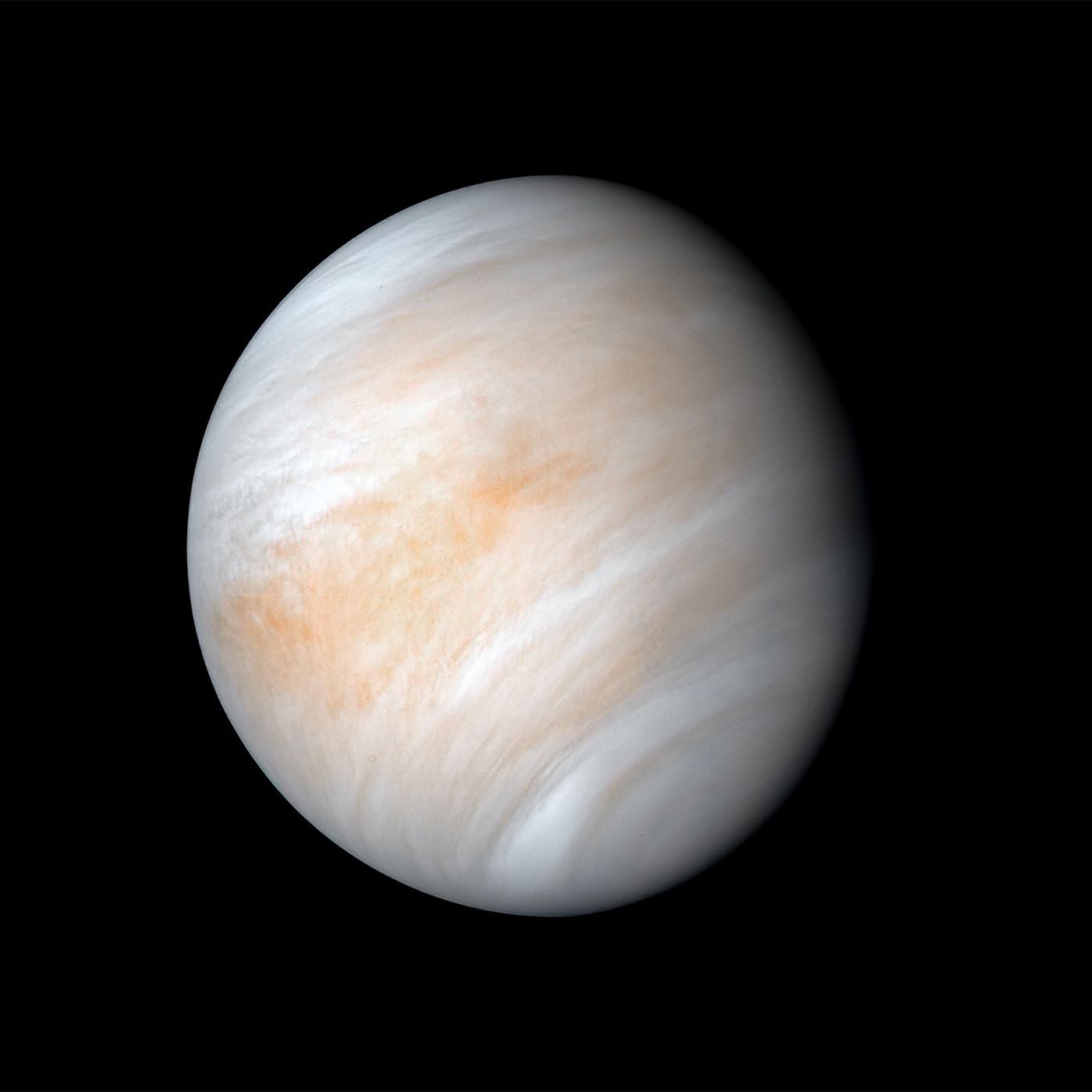Hydroxyl, an important but difficult-to-detect molecule, has been found in the upper atmosphere of Venus by the Venus Express spacecraft. This is the first time this molecule has been detected on another planet, and even though it is thought to be an "atmospheric cleanser," knowing that it is part of Venus' thick, greenhouse-like atmosphere will help scientists better understand the environment on our next-door planet. "Venus Express has already shown us that Venus is much more Earth-like than once thought. The detection of hydroxyl brings it a step closer," said one of the Principal Investigators of the VIRTIS experiment on the Venus Express, Giuseppe Piccioni.
Hydroxyl is thought to be important for any planet's atmosphere because it is highly reactive. On Earth it has a key role in cleaning pollutants from the atmosphere. On Mars, scientists believe it helps stabilize the carbon dioxide in Mars' atmosphere, preventing it from converting to carbon monoxide. Also, hydroxyl is thought to play a vital role in sterilizing the Martian soil, making the top layers hostile to microbial life.
Hydroxyl is made up of a hydrogen and oxygen atom each. It has been seen around comets, but the method of production there is thought to be completely different from the way it forms in planetary atmospheres.
On Earth, the glow of hydroxyl in the atmosphere has been shown to be closely linked to the abundance of ozone. From this study, the same is thought to be true at Venus.
Venus Express has shown that the amount of hydroxyl at Venus is highly variable. It can change by 50% from one orbit to the next and this may be caused by differing amounts of ozone in the atmosphere.
"Ozone is an important molecule for any atmosphere, because it is a strong absorber of ultraviolet radiation from the Sun," says Piccioni. The amount of the radiation absorbed is a key parameter driving the heating and dynamics of a planet's atmosphere. On Earth, it heats the stratosphere (layer of the atmosphere) making it stable and protecting the biosphere from harmful ultraviolet rays.
Computer models will now be able to tell how this jump and drop in ozone levels over short intervals affects the Venus' restless atmosphere.
Original News Source:
ESA Press Release
 Universe Today
Universe Today
